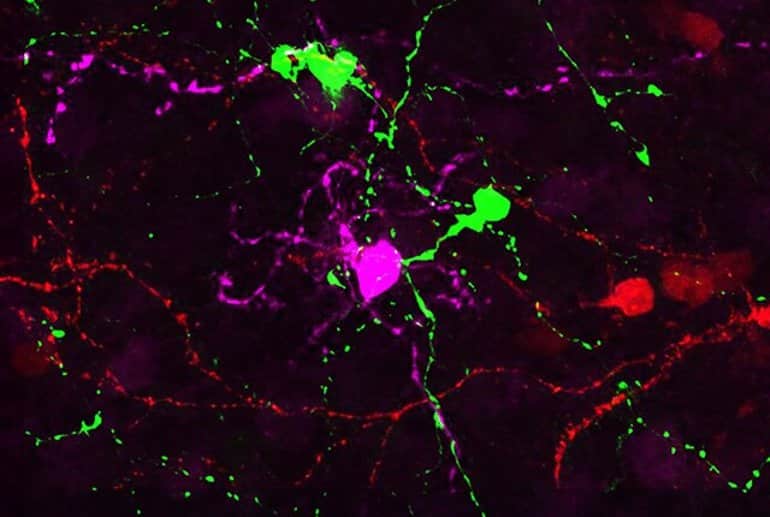
– Neurology research can include information involving brain research, neurological disorders, medicine, brain cancer, peripheral nervous systems, central nervous systems, nerve damage, brain tumors, seizures, neurosurgery, electrophysiology, BMI, brain injuries, paralysis and spinal cord treatments.
Neurotechnology research articles deal with robotics, AI, deep learning, machine learning, Brain Computer Interfaces, neuroprosthetics, neural implants and more.Summary: Researchers induced non-neural cells that mimic ganglion cells in the eyes of mice, effectively reducing the impact of certain eye diseases.For the first time, non-neuronal cells have been induced to mimic specific ganglion cells in the eyes of mice.
Over the last three years, the researchers have studied proteins called transcription factors in vertebrates, such as zebrafish, that have regenerative abilities.Transcription factors are proteins that bind to DNA and regulate the activity of genes.
Previously the team learned how to use the transcription factors to return the glia to a more primitive state known as a progenitor cell.We want to figure out how to make glia into that specific type of neuron.”.
“Reprogramming Müller glia to regenerate ganglion-like cells in adult mouse retina with developmental transcription factors” by Levi Todd et al
Reprogramming Müller glia to regenerate ganglion-like cells in adult mouse retina with developmental transcription factorsFor example, glaucoma leads to death of retinal ganglion cells, leaving other neurons intact
We have recently developed strategies to stimulate regeneration of functional neurons in the adult mouse retina by overexpressing the proneural factor Ascl1 in Müller gliaHere, we test additional transcription factors (TFs) for their ability to direct regeneration to particular types of retinal neuronsUsing immunohistochemistry, single-cell RNA sequencing, single-cell assay for transposase-accessible chromatin sequencing, and electrophysiology, we find that retinal ganglion–like cells can be regenerated in the damaged adult mouse retina in vivo with targeted overexpression of developmental retinal ganglion cell TFs